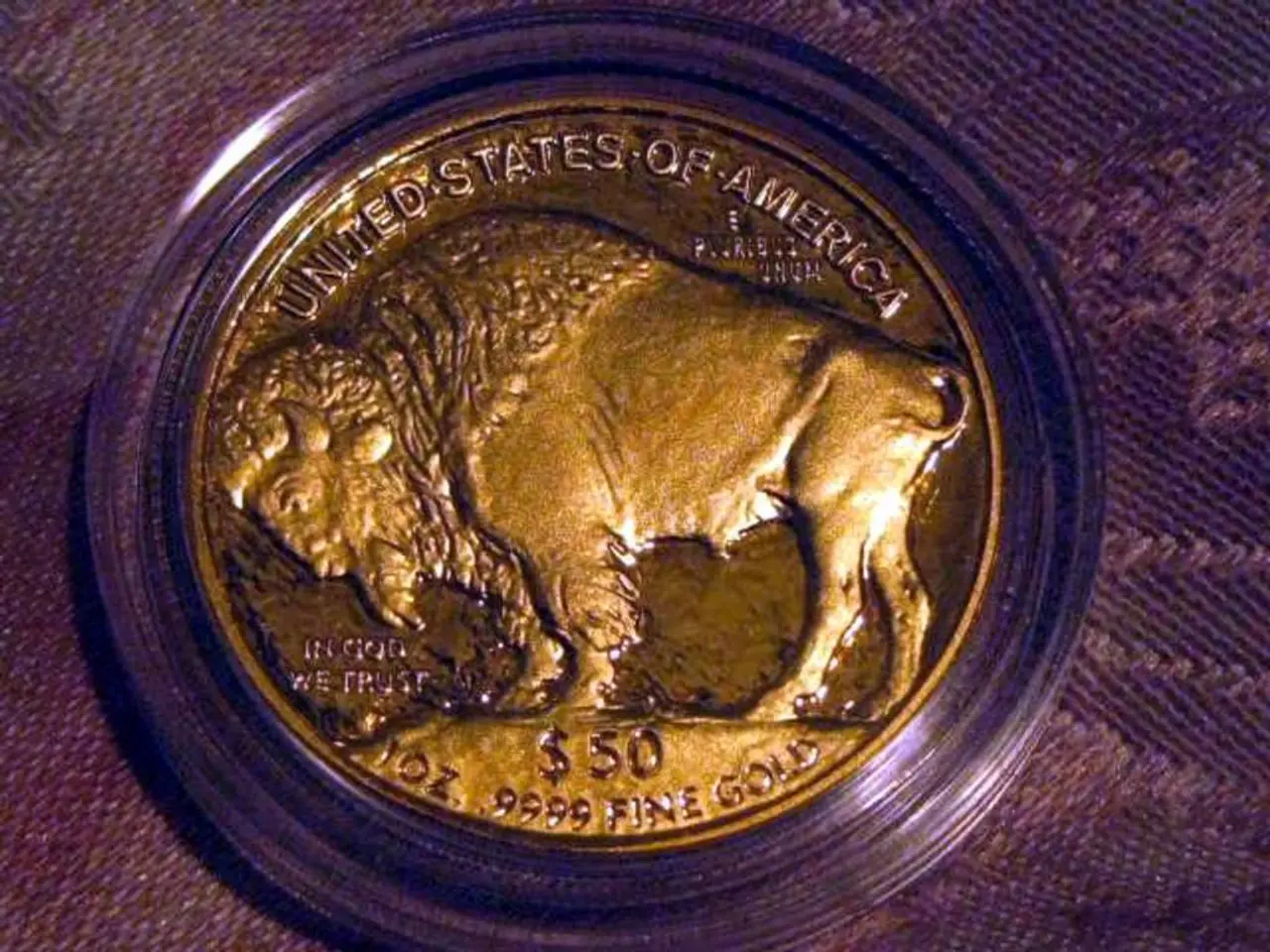Federal Reserve maintains steady elevated interest rate level in the United States - Fed Reserve maintains elevated interest rates in the U.S.
In a notable display of independence, the Federal Reserve has repeatedly defied former President Donald Trump's demands to cut interest rates, choosing instead to maintain a steady course amid economic uncertainty.
The interest rate, crucial for banks as it is the rate at which they can borrow from the central bank, has been a subject of contention between Trump and the Federal Reserve's chair, Jerome Powell. Trump has advocated for rate cuts, presumably to stimulate the economy, but the Fed has opted to balance inflation control and economic stability.
Despite Trump's calls for easing, the Federal Reserve has kept the interest rate steady at a range of 4.25% to 4.5% since July 2025, marking the fifth consecutive meeting without a rate increase or cut. This decision was based on economic indicators such as inflation, unemployment, and labor market conditions, rather than external political pressures.
Jerome Powell, resisting demands from Trump, has favoured a cautious monetary policy due to inflation risks from Trump's trade policies. The US economy and labor market have been robust, providing no reason for a rate cut according to Powell. Unlike what Trump suggests, the Fed's board, not just Powell, decides on the interest rate.
Trump has threatened to fire Powell, but the hurdles are high due to legal uncertainties and Powell's term ending next May. Trump has changed his tune on firing Powell, stating that it's a big step and he doesn't think it's necessary.
The first rate cut is anticipated by market observers to happen at the earliest in September. However, the Fed's decisions are primarily based on economic indicators, and any change in the interest rate will depend on the economic conditions at that time.
The international community has expressed concerns about the impact of Trump's policies on the economy. The imposition of tariffs by the USA under Trump's leadership has led to rising import prices, with companies starting to pass on higher costs to their prices. The International Monetary Fund (IMF) has expressed concern about this development.
Importers, retailers, and consumers ultimately bear the cost of the tariffs imposed by the USA under Trump's leadership. A lower interest rate makes it easier for governments to borrow money, but it could potentially fuel inflation and lead to increased borrowing, which could have long-term implications for the economy.
In this complex economic landscape, the Federal Reserve's independence and commitment to its mandate of price stability and maximum employment are critical. The Fed's decisions are guided by economic data and conditions, not political pressure, ensuring a stable and prosperous economy for all Americans.
[1] Federal Reserve Press Release, July 2025. [2] CNN Business, "Federal Reserve keeps interest rates unchanged amid Trump's calls for easing", July 2025.
The Commission may also be asked to submit a proposal for a directive on the protection of the environment, considering the financial implications of businesses operating under political pressure from general-news events like trade conflicts and tariffs. The impact of Trump's policies, particularly tariffs, on businesses and consumers has raised concerns from both domestic and international observers.
In the instance of a potential rate cut by the Federal Reserve, it's essential to consider the financial implications for government borrowing, as lower interest rates could potentially fuel inflation and lead to increased borrowing, potentially having long-term consequences for the economy.




